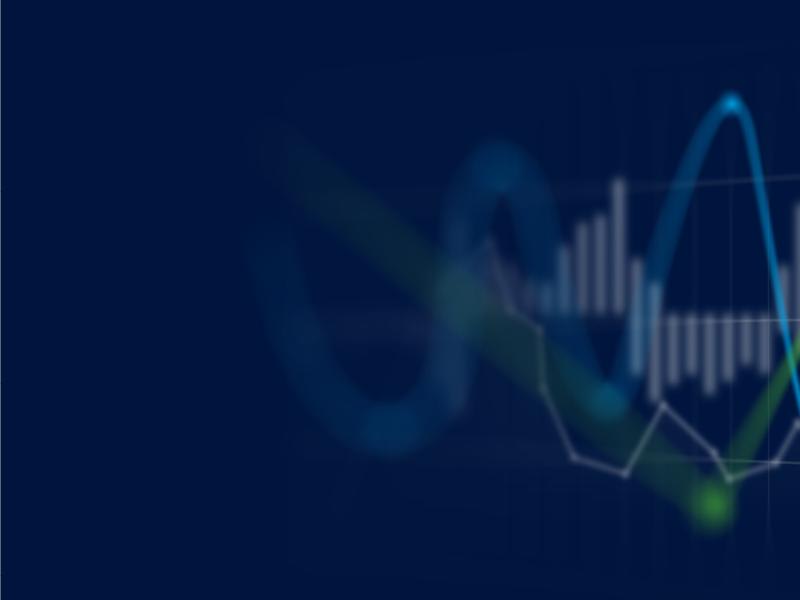Inflation in Ireland remains subdued compared to most peer countries, but the rise in inflation in January to 1.9% likely reflects the start of an upward trend. What’s more, higher energy prices, potential tariffs, a tightening labour market and lower interest rates all point towards the risk that inflation accelerates in the medium term.
Tighter labour market will support wage growth
The latest labour market data gives us a fuller picture of employment growth last year. Admittedly, the number of people in employment ticked down by about 18,000 in Q4. But the number of people in the labour force dropped by more meaning the unemployment rate fell to just 4% - that speaks to a very tight labour market that will continue to put upward pressure on wage costs.
What’s more, the employment rate, which is the proportion of people in employment, rose from 74% in Q4 2023 to 74.3% a year later suggesting that employment is growing more quickly than the labour force.
The upshot is that employment is rising strongly and with the unemployment rate at just 4%, the labour market is tight and with average weekly earnings growth already at 5.3% there is a risk that the tight labour market fuels inflation.
All the signs point to higher inflation
Inflation rose from 1.4% to 1.9% in January fuelled by increases in restaurants and hotels as robust demand is allowing businesses to pass on the rising cost of food and alcohol. Indeed, this category accounted for almost half of the annual rise in inflation in January. Strong increases in transportation and food inflation also drove the headline rate higher. In contrast, January sales meant that clothing and footwear inflation knocked off about 0.3 percentage points (ppts).
Looking ahead, wholesale energy prices have risen significantly over the last few months and are now almost double compared to this time last year, that means energy inflation will go from being a drag on overall inflation to boosting it over the next few months. At the same time, a tight labour market and strong wage growth combined with falling interest rates and rising government spending risk pushing up inflation further over the next two years.
Tariffs the big risk
Given Ireland’s trading relationship with the US is valued at more than 50% of GDP, the risks to the Irish economy from changes in US policy are significant. There are two big risks. First, the US accounts for 30% of Irish goods exports, especially of pharmaceuticals. Tariffs on these exports would harm demand for these goods and could incentivise US corporations to relocate production elsewhere. Second, US companies account for 20% of all foreign corporations in Ireland. Therefore a change in corporation tax in the US or in other incentives to where multinational corporations locate could result in lower investment into the country. The upshot is that higher tariffs and/or lower US taxes could cause a drop in investment, growth and lower employment. This could have a significant negative impact on public finances.




